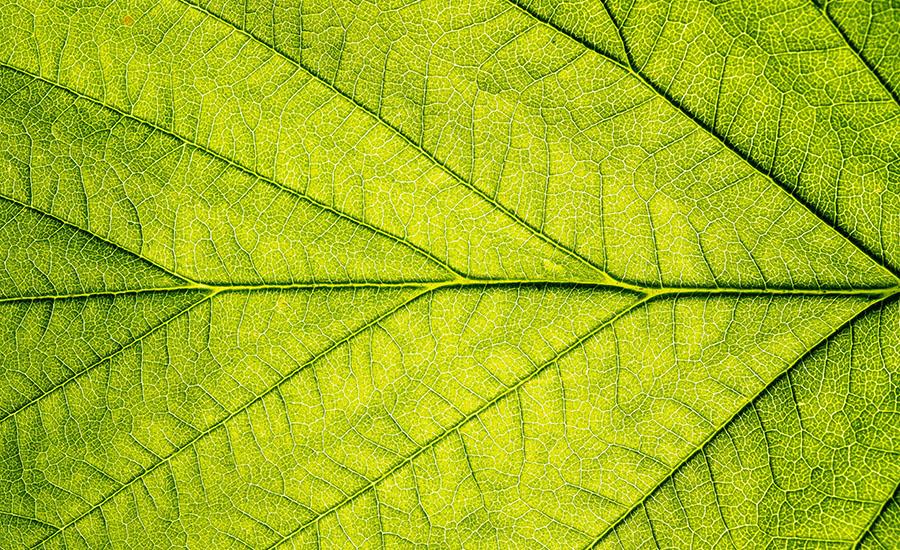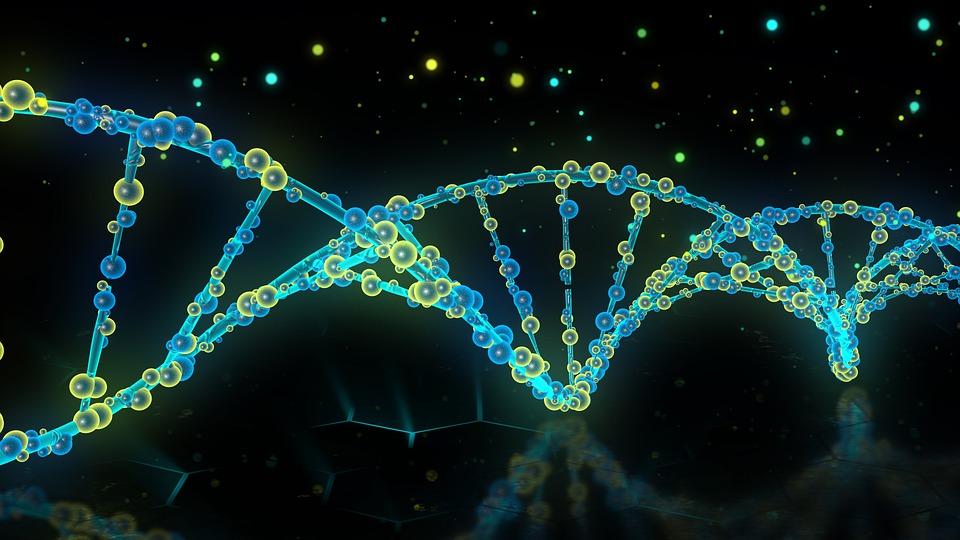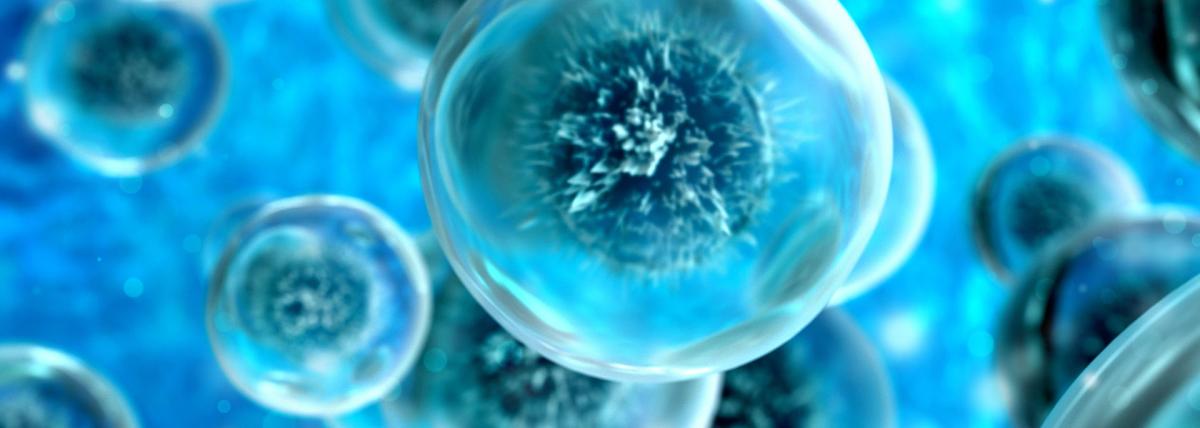





Plants are the basis for nearly all agricultural production. Agricultural plant crops produce food, fiber, fuel, and aesthetically pleasing plants. Plants utilize energy from the Sun to convert water

Students will use jelly beans to model the variation that results from sexual reproduction. They will use Punnett Squares to practice probability.

This is session 1 of a 4 session unit on innovative thinking, agricultural engineering, and farm model making. The first session introduces students to Dr. Temple Grandin, a creative thinker who has

This is session 2 of a 4 session unit on innovative thinking, agricultural engineering, and farm model making. This session introduces students to agricultural engineering. It discusses how due to a

This is session 3 of a 4 session unit on innovative thinking, agricultural engineering, and farm model making. In this session students begin to work with a partner or small group to construct their

This is session 4 of a 4 session unit on innovative thinking, agricultural engineering, and farm model making. This is the second session of hands-on farm model making. Students will work with a

Stage one of a 4 stage project. Students will research crops and seasons to create a blueprint that will serve as the guidelines for building a small functioning farm.

After completing a ratio table and researching the benefits of the ingredients in chicken feed, students will now be able to build a bag of chicken feed for a local farmer!

What are the parts of a plant? What is pollination? What parts are involved in pollination? What happens when a bee or another pollinator flies from flower to flower? Why is pollination important? How

This lesson explores the parts of a flower, the importance of flowers, how flowers grow, and the process of pollination. Students are actively engaged as they learn about flowers and discover flowers

This lesson explores the role of pollinators in flower reproduction and provides examples of pollinators and flower characteristics that attract pollinators. This is the 2nd lesson in a series of 2


In this lesson kindergarten students will explore their 5 senses and determine how they can be used in the garden. There is a literacy integration and nature walk within the lesson along with

In this lesson students will identify the four seasons. They will then explore how trees change with the seasons and how that impacts what humans wear and act. Students will also count to four and

This is a STEM lesson embedded in ELA. The lesson will revolve around the "Giving Tree of the Desert", in order to facilitate learning as to what a plant needs to grow and thrive. The students will

Students will research and understand bird evolution. They will identify the functions of body parts and ecosystems. They will predict evolutionary changes that a specific bird will go through and the

In this hands-on lesson, students illustrate and find the area and perimeter of the rockwool pattern. They also create an expression to represent the number of seeds needed to plant their rockwool

This lesson is an introduction to Tangible Coding and Sequencing to model the flow of an ecosystem. This is a hands-on way to incorporate coding and robots with life science concepts. This is a 2-part

This is part of an introduction to EdScratch using Edison Robots. Students will model the flow of an ecosystem. This is a hands-on experience for students to explore life science concepts using


